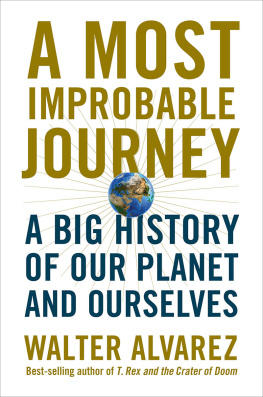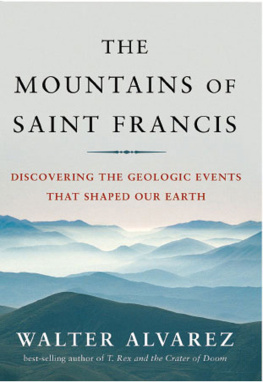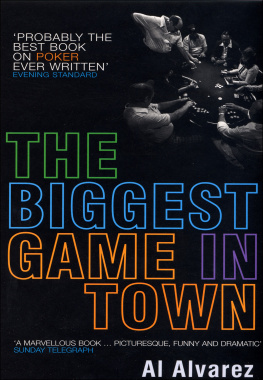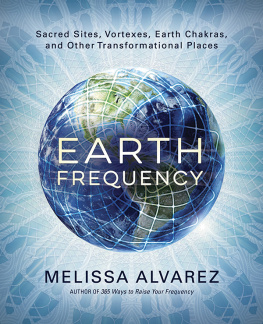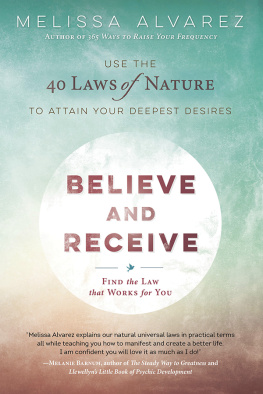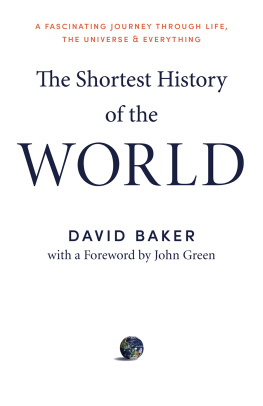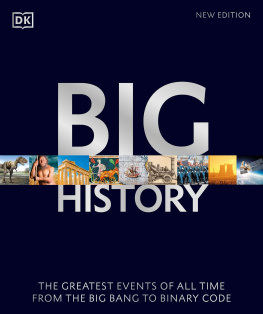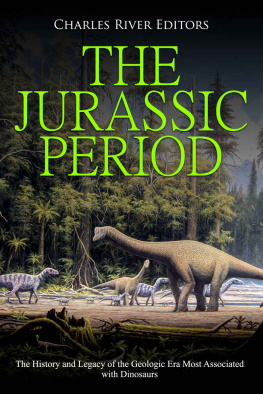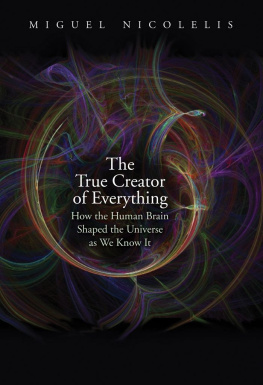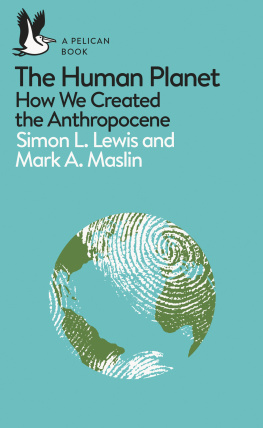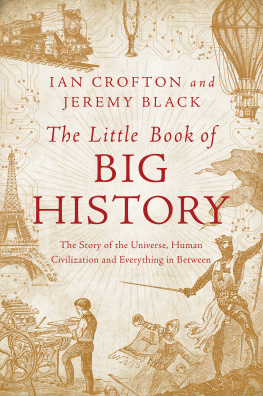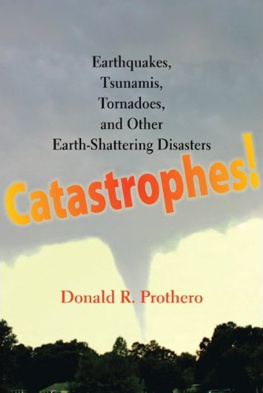
A Most Improbable Journey is dedicated
to the memory of Jack Repcheck
a dear friend, the best publisher an author could hope for,
a fine author himself, a historian, a musician, and
a good and decent man who lived his life well.
This is Jacks book, too, though tragically
he did not live to see it finished.
Requiescat in pace.




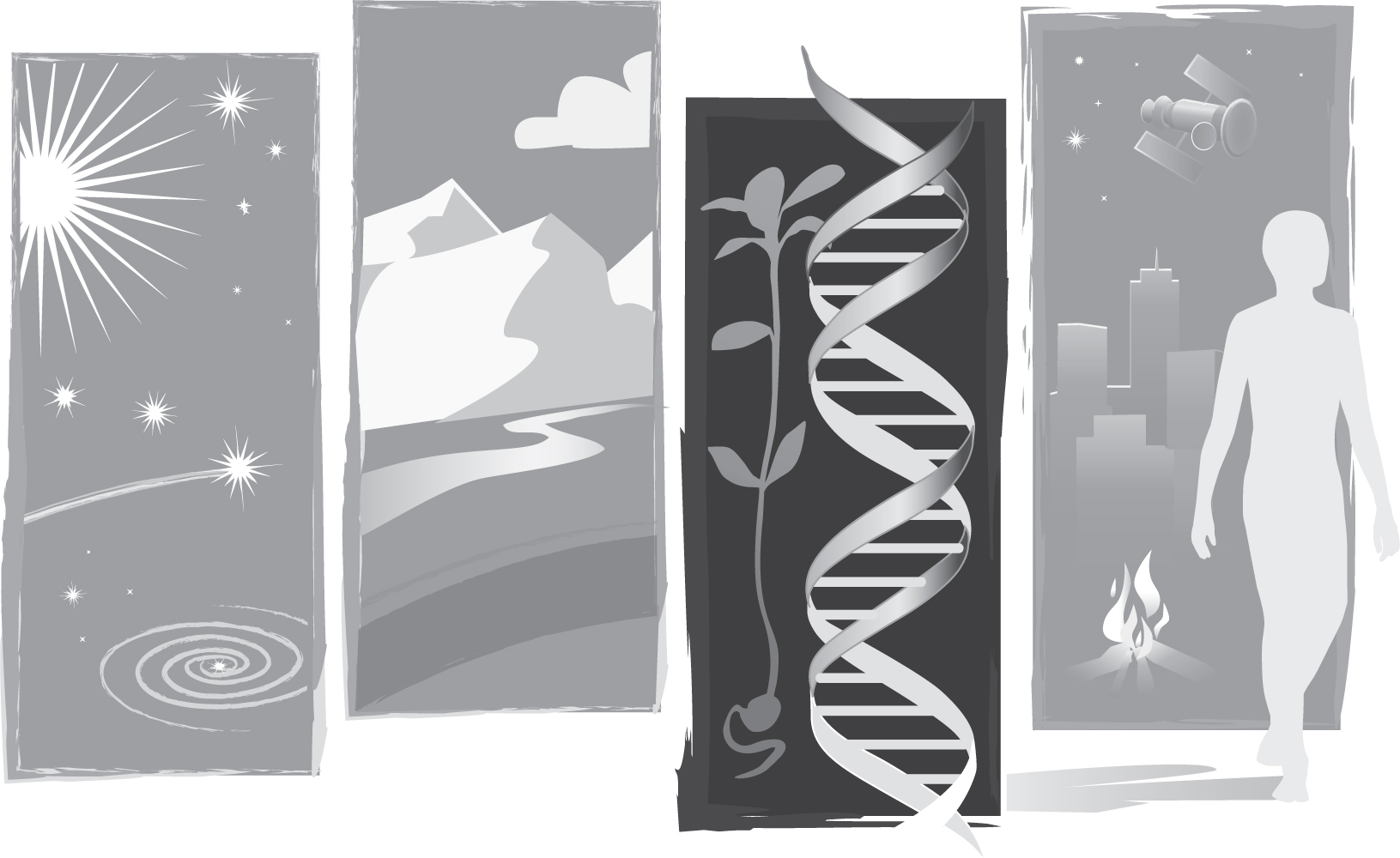
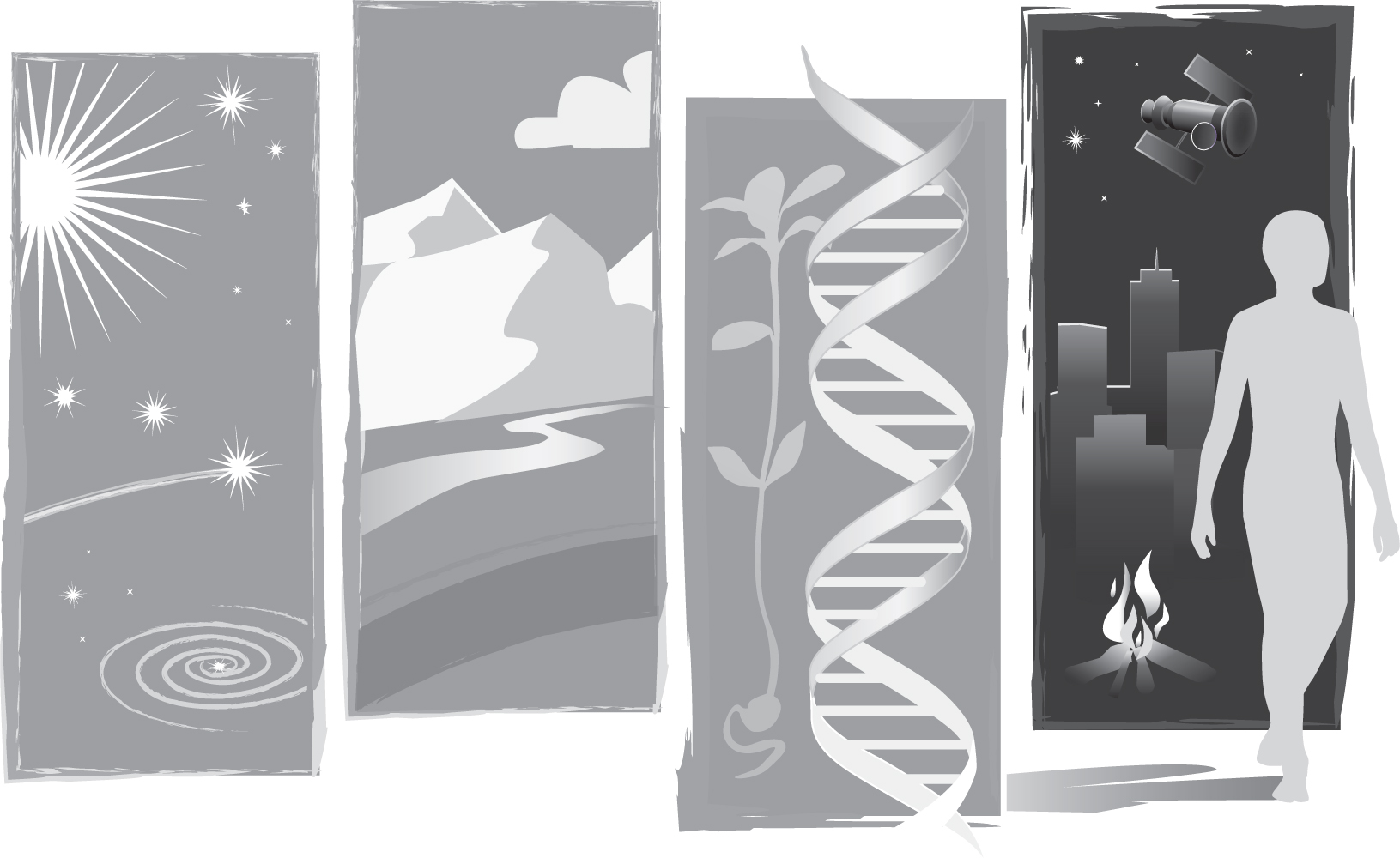
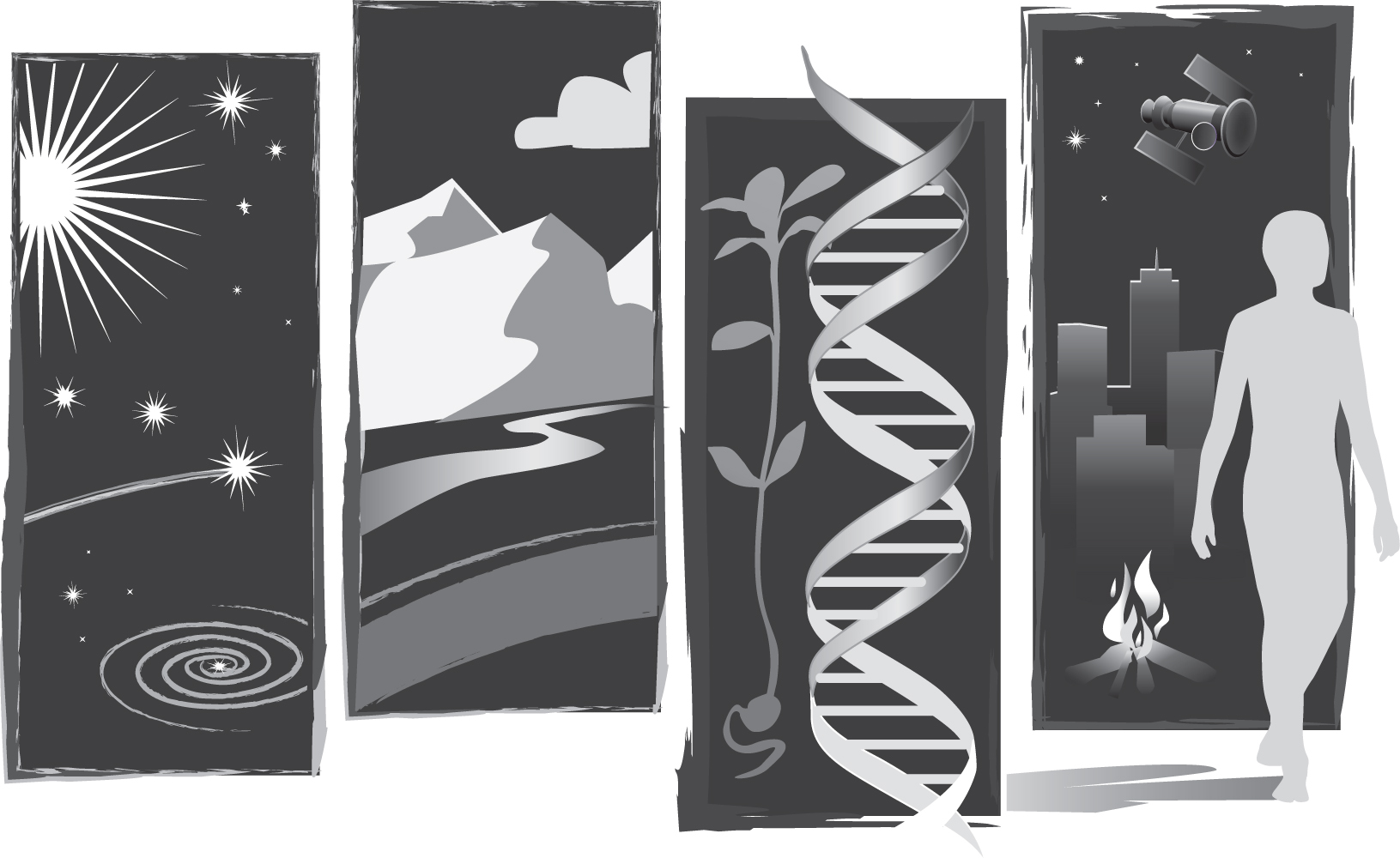
FOR THOSE INTERESTED in deepening their understanding of Big History and its component regimes, there are many places to turn. Here are some of the books and other resources that have influenced my thinking.
BIG HISTORY IN GENERAL
Bill Brysons best-selling 2003 explanation of many fields of science is in fact an excellent overview of Big History by a fine writer: A short history of nearly everything, New York, Broadway Books, 544 p.
Another good place to start is with two concise, thoughtful books about the nature of Big History by Fred Spier: 1996, The structure of Big History, Amsterdam, Amsterdam University Press, 113 p.; 2010, Big History and the future of humanity, Chichester, John Wiley and Sons, 272 p.
David Christian, the founder of the field of Big History, has written both a long overview of what has happened in all of the past and a brief summary of all of Big History: 2004, Maps of time. An introduction to Big History, Berkeley, University of California Press, 642 p.; 2008, This fleeting world: A short history of humanity, Great Barrington, Mass., Berkshire, 112 p. Cynthia Brown has also written a book reviewing all of the past: 2007, Big History: from the Big Bang to the present, New York, New Press, 288 p.
David Christian, Cynthia Brown, and Craig Benjamin have recently published the first textbook of Big History: 2014, Big History: Between nothing and everything, New York, McGraw Hill, 332 p.
Carl Sagans Cosmos was perhaps the first modern presentation of what was to become Big History. It is available both as television program segments on the Web and in book form: 1980, Cosmos, New York, Random House, 365 p.
Progress in understanding Big History is strongly tied to the ability to date events in all four of its regimes, and a good explanation of several of the most important dating techniques is given by Matthew Hedman, 2007, The age of everything: How science explores the past, Chicago, University of Chicago Press, 249 p.
Two extensive compilations of articles about Big History have been edited by a Russian-U.S. team: L. E. Grinin, A. V. Korotayev, and B. H. Rodrigue, 2011, Evolution: A Big History perspective, Volgograd (Russia), Uchitel Publishing House, 303 p.; B. H. Rodrigue, L. E. Grinin, and A. V. Korotayev, 2011, From Big Bang to galactic civilizations: A Big History anthology, v. 1: Our place in the universeAn introduction to Big History, Delhi, Primus Books, 357 p. (further volumes to appear).
Paleoanthropologists Kathy Schick and Nick Toth have built a website that takes you From the Big Bang to the World Wide Web: http://www.bigbangtowww.org/.
The International Big History Association holds conferences, publishes a monthly newsletter, and welcomes new members: http://www.bigbangtowww.org/.
The Big History Project, led by David Christian and Bill Gates, has made available a great deal of information about all aspects of the past: https://www.bighistoryproject.com/home.
Videos of several of my lectures about Big History, and those of David Christian and other Big Historians can be found on YouTube.
COSMIC REGIME
Wonderful pictures of the Cosmos, with a new one each day, are available on the Web at Astronomy Picture of the Day: http://apod.nasa.gov/apod/astropix.html.
My favorite book about the Big Bang is by Alan Guth, the discoverer of cosmic inflation: 1997, The inflationary universe, New York, Vintage, 358 p. Another good introduction to the Big Bang is by Steven Weinberg: 1993, The first three minutes: A modern view of the origin of the universe, New York, Basic Books, 203 p. The detailed structure of cosmic background radiation is explained by its discoverer, George Smoot, with Keay Davidson: 1993, Wrinkles in time, New York, Morrow, 331 p.
Lisa Randall gives a thorough discussion of the nature of dark matter and the difficult problem of detecting it, and she speculates about a possible connection to mass extinctions: 2015, Dark matter and the dinosaurs, New York, HarperCollins, 412 p. In fact, all of her booksWarped Passages (2005), Knocking on Heavens Door (2011), Higgs Discovery (2012), and Dark Matter and the Dinosaurs (2015)are an excellent path to a deeper understanding of the Cosmos and Cosmic history. In another interesting book at the cutting edge of astronomy, Anna Frebel explains the search for the oldest stars in our galaxy: 2015, Searching for the oldest stars: Ancient relics from the early universe, Princeton, Princeton University Press, 302 p.
A profound question at the heart of cosmology is why the universe works the way it doeshow and when were the mathematical laws of Nature embedded in the Cosmos? Martin Rees tackles that question in a fascinating and influential book that supports the concept of the multiverse: 2003, Just six numbers: The deep forces that shape the universe, New York, Basic Books, 176 p. Paul Davies has given us a number of thoughtful books about the deepest questions of cosmology: 1983, God and the new physics, New York, Simon and Schuster, 255 p.; 1988, The cosmic blueprint: New discoveries in natures creative ability to order the universe, New York, Simon and Schuster, 224 p.; 1992, The mind of God: The scientific basis for a rational world, New York, Simon and Schuster, 254 p.; and 2007, The cosmic jackpot: Why our universe is just right for life, Boston, Houghton Mifflin, 315 p.
Timothy Ferris has given us interesting views of astronomy: 1988, Coming of age in the Milky Way, New York, Morrow, 495 p.; 1992, The minds sky: Human intelligence in a cosmic context, New York, Bantam, 281 p. The classic scholarly study of the Copernican Revolution is by Thomas Kuhn: 1957, The Copernican Revolution, Cambridge, Mass., Harvard University Press, 297 p. Jack Repcheck has written an excellent short biography of Copernicus: 2007, Copernicus secret: How the scientific revolution began, New York, Simon and Schuster, 239 p. The equivalent treatment of Newton is by James Gleick: 2003, Isaac Newton, New York, Pantheon, 272 p.
Next page
